
This is the ONLY collection of scientifically proven survival home remedies written by a doctor.
You’ll want this war chest on your nightstand when the Great Healthcare Reset causes a total collapse of our healthcare system.
Because when you can’t access medications, this will hand you everything you need to keep yourself and your family healthy.
Whether that’s in the face of chronic health issues, infections or emergency situations.
Here’s just a glimpse of what you’ll find inside…The Secret To Handling Infections Using Items Found In Your Kitchen
Did you know you can make antibiotics out of fruit?! Create your own antibiotics at home to keep yourself and your family safe from bacterial and viral infections even when your access to medication is cut off. You’ll get step-by-step instructions inside your copy.
Next, you’ll discover a herb commonly known as ‘butterfly weed’, that helps you with countless health issues that come with an infection. Including a cough. Cold. Flu. Pneumonia. Or bronchitis.
And while we’re talking about infections… there’s one specific infection that’s deadlier than breast cancer! In fact, it kills more people than BOTH malaria and breast cancer already. And the terrible hygiene conditions in a survival scenario are only going to help it spread even faster. What’s worse is, it’s even resistant to all drugs. Fortunately, there’s one special kitchen remedy that can help your body heal itself from this deadly infection – even when everything else fails.
This next one is particularly important for preppers. Do you make this mistake while stockpiling survival food? This common storage mistake could cause you and your loved ones to suffer from a serious case of food poisoning at a time when help is not around. On Page 143, you’ll discover the 3 common survival foods you should never stockpile because they’re notorious for causing food poisonings.
If you do end up with food poisoning… You’ll be grateful to have this handy. This herb is better than activated charcoal at banishing food poisonings from canned food. Just add one spoon of this into a cup of boiling water to naturally fight your symptoms.
Finally, you’ll learn about how Americans who used a little-known medical practice, created by a man from a tiny Virginia town, survived the Spanish Flu in far greater numbers than those that were treated with standard medical practices? Discover exactly what made the difference between life and death for these people. And how you can use the same secret when you’re faced with a viral infection.
Yes! I Want To Be Prepared For Any Emergency!
How To Deal With Emergency Situations That Previously Required A Trip To The ER
Did you know you can make your own chloroform at home? Mixing these 2 ingredients gives you an anesthetic that’s 4.5 times more powerful than what you get at a hospital. So, the next time you find someone who needs emergency surgery, but roads or hospitals are closed, you can use chloroform as an anesthetic to help them without causing any pain. You don’t want to risk being caught in an emergency situation without this.
Another thing you’ll need to be prepared for in a survival scenario is emergency situations like burns. Fortunately, there’s a traditional healer that is widely known as the “burn plant”. Whether you’re dealing with a less intense burn at home, or you find yourself in a survival scenario like a terrorist attack, wildfire or explosion… just apply the gel from this plant to find relief and kickstart the healing process.
…and much more! I’m barely scratching the surface of everything you’ll find in the Doctor’s Book of Survival Home Remedies.
Remember, it’s The ONLY collection of survival home remedies written by a doctor.
Once you have this on your shelf, you’ll sleep soundly at night knowing you and your family are safe.
But wait… there’s more.
IF You Get your Copy of The Doctor’s Book of Survival Home Remedies Today …
… You’ll Also Receive Three Exclusive Reports That Will Be Off The Table Soon…
I’m adding these because I want to make sure you have absolutely everything you need to thrive, not just survive, in any health scenario. We don’t know what the future may hold for us. The only thing we can control is how we prepare for right now. The first free report you’ll get is called…
Special Report #1:
Drugs That Kill: The Most Dangerous Pills In Your Cabinet

If you’re taking any of these pills, you’ll want to switch over to herbal alternatives right away!I honestly won’t be surprised if you’re already taking more than one on this list.
Here’s what they don’t want you to know. Every pill in this report has serious side effects they hope you never hear about. For each side effect, they simply prescribe you yet another equally dangerous pill.
So you’re stuck in a loop of taking medication (and lining up their pockets), practically forever. Take arthritis medication for example. The most prescribed arthritis medication has been linked to serious side effects like heart failure and even cancer. Even cholesterol medications, called statins, which are taken by over 35 million Americans, are known to cause kidney and liver issues.
I’d hate to see you become a victim of additional health issues just because you took the pills your doctor prescribed you. That’s why I want you to carefully examine this list.
Once you know that a drug is bad for you, I recommend you immediately switch over to safer alternatives that you’ll also get inside this report.
Alright, so now that I know you’ll be safe from dangerous pills…I’ll also send you…
Special Report #2: Your At Home Emergency Room: The Doctor’s Guide To Surviving An Emergency

It doesn’t matter whether you’re dealing with a blackout, a natural disaster or you’re just traveling through rural areas. Without the ability to access a hospital, the survival of your family is in your hands. That’s where this report comes in. It’s designed to help you successfully deal with situations that normally require an ER visit – at the comfort of your own home.
- First, you’ll get the secret to activating the body’s natural healing response… even without doctors or medical equipment. You’ll be using the only thing you always carry around with yourself.
- Next, you’ll get the doctor’s guide to dealing with broken bones, burns, skin infections, back pain, abdominal pain, cuts and contusions…
- And finally, you’ll even discover the 5 most common threats to your health in any survival scenario – and what you must do right now to prepare for them…
That’s not all. You’ll also get…
Special Report #3:
Hidden Healers: Unexpected Household Items That Can Save Your Life

Get your Copy of The Doctor’s Book of Survival Home Remedies Now!
An emergency situation means you don’t have time to do a supermarket run to find the right herbs! That’s why this report gives you unexpected items hidden in your home RIGHT NOW that have the power of saving your life. Take super glue, for example, which can help you close up your wound if you don’t like the idea of sewing yourself up. And yes, it’s safe! Or credit cards. Did you know you can use them to remove a bee stinger without releasing more venom – or to remove a splinter?
Even your washroom essentials have a purpose! While toothpaste helps soothe burns, the high alcohol content in Listerine is effective in killing infections in any wound. With this report, you’ll be prepared to deal with any emergency even if you’re stuck inside your house.
Like I said, you’re going to get all 3 reports totally FREE of charge when you get the Doctor’s Book of Survival Home Remedies. You’re probably wondering…
“How Much Is This Going To Cost Me?”
Look, this war chest of herbal remedies is the only ammunition you can get against the drug shortage. No other doctor out there has dedicated over a decade of his life to researching scientifically proven herbal remedies.
That means Dr. Herzog is the most qualified person to help you in a survival scenario. Now, you could personally consult with him when you face a health issue. Right now Dr. Herzog charges a starting rate of $350 per consultation – and he only has limited slots available.
That’s why he wants The Doctor’s Book of Herbal Remedies to reach as many Americans as possible. So you can access all his knowledge on herbal remedies and treat your health issues at home…Without paying a huge price tag in medical fees. This will be especially valuable when, on top of the Great Healthcare Reset…We’re also faced with another survival scenario like a pandemic, an EMP or anything else that makes it impossible for you to access a doctor.
Considering Dr. Herzog’s war chest of herbal remedies is your only saving grace against drug shortages…I can easily ask you for a three figure price tag. I’d probably make a pretty penny doing that. Someone who has chronic health issues and a family to take care of…I understand how truly terrifying a future without medication is.
Along with The Doctor’s Book of Survival Home Remedies, you’ll also get…
- Special Report #1: Drugs That Kill: The Most Dangerous Pills In Your Cabinet
- Special Report #2: Your At Home Emergency Room: The Doctor’s Guide To Surviving An Emergency
- Special Report #3: Hidden Healers: Unexpected Household Items That Can Save Your Life
Each of these reports is worth at least $29 individually. Take a look at what some of our customers have to say about Dr. Herzog’s collection…
“My copy is a great book for people that look for ways to survive – and take care of me and my family… Many people believe things will be great but I’m worried about my family and kids and grandkids. This book helps with information that will help keep us alive and healthy. I have been truly excited since receiving this book. I was a medic in the military and want to try to stay on top of these kinds of things. Thank you for the coverage of topics in this book and the broad spectrum of information.”– Fred Paul
“I liked your book very much. I went through it to see if it would be helpful if the SHTF, and decided that it would be very helpful. It now resides with my favorite books on the subject.”– Jacqueline Lee
“I have received the book. Love it! I share info with my family & co-workers almost daily. Thank you so much!”– Stephanie Street
“I have many books on home remedies, also herb books as well and the most common problem is not supplying current information. Most just copy older copies who copy even older copies. Your information seemed more up to date and relevant. What I like is to pick up the book, find the topic, and read the information. Your book gives me everything I am looking for.”– C. Leubecke


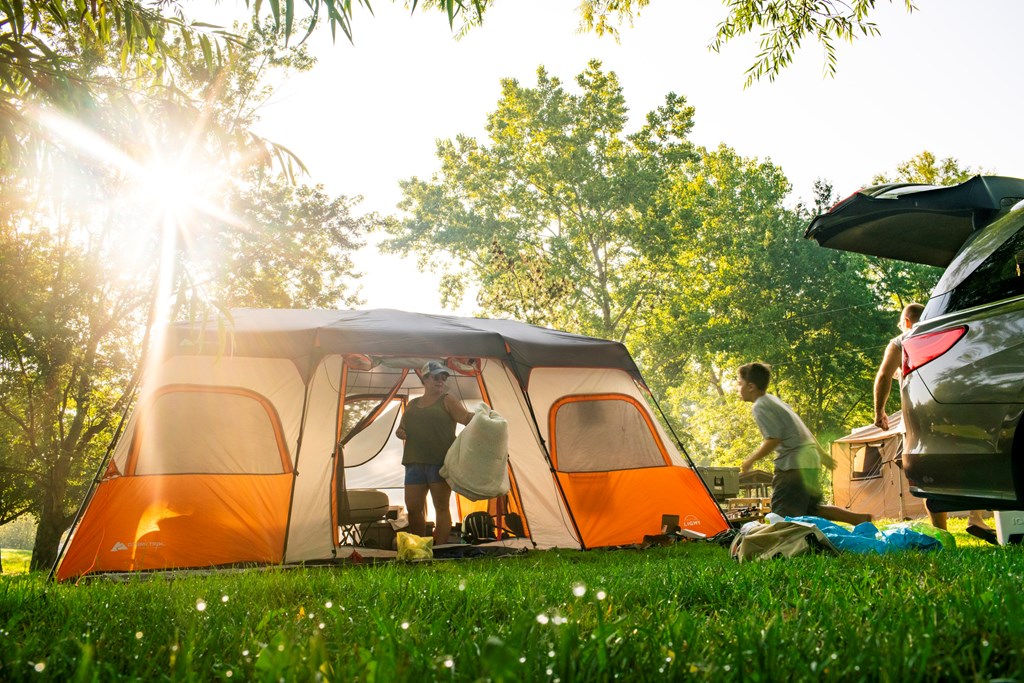
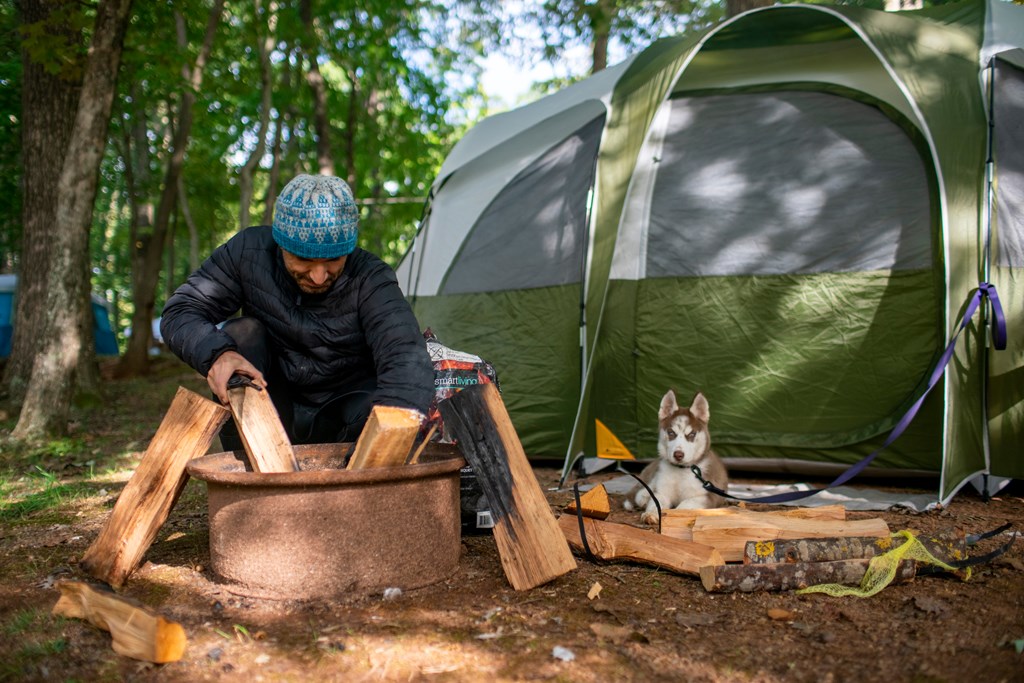
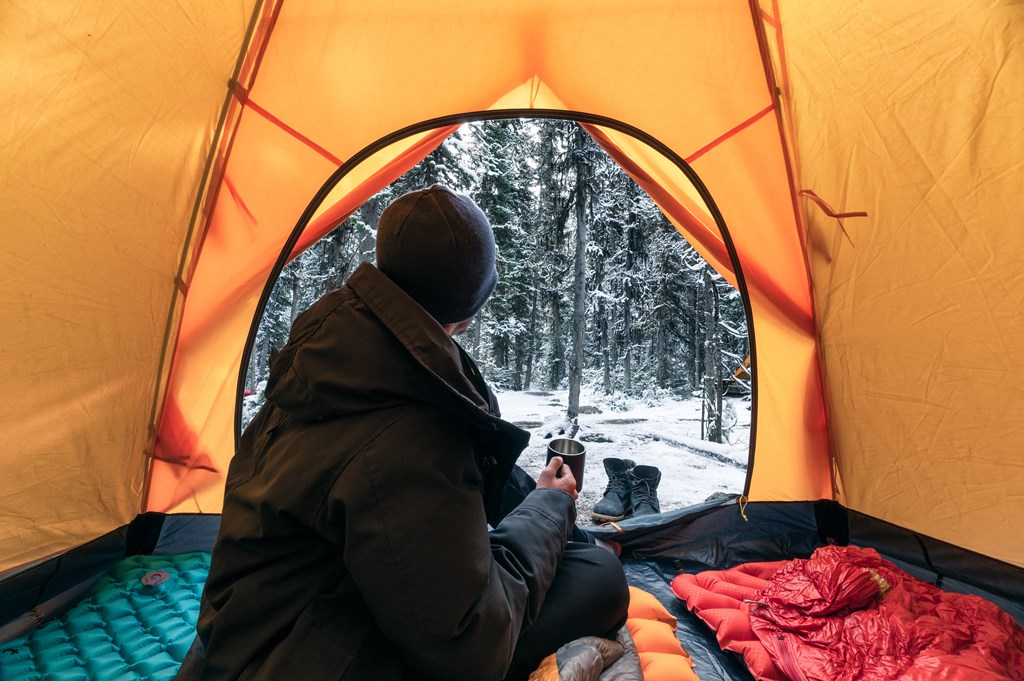

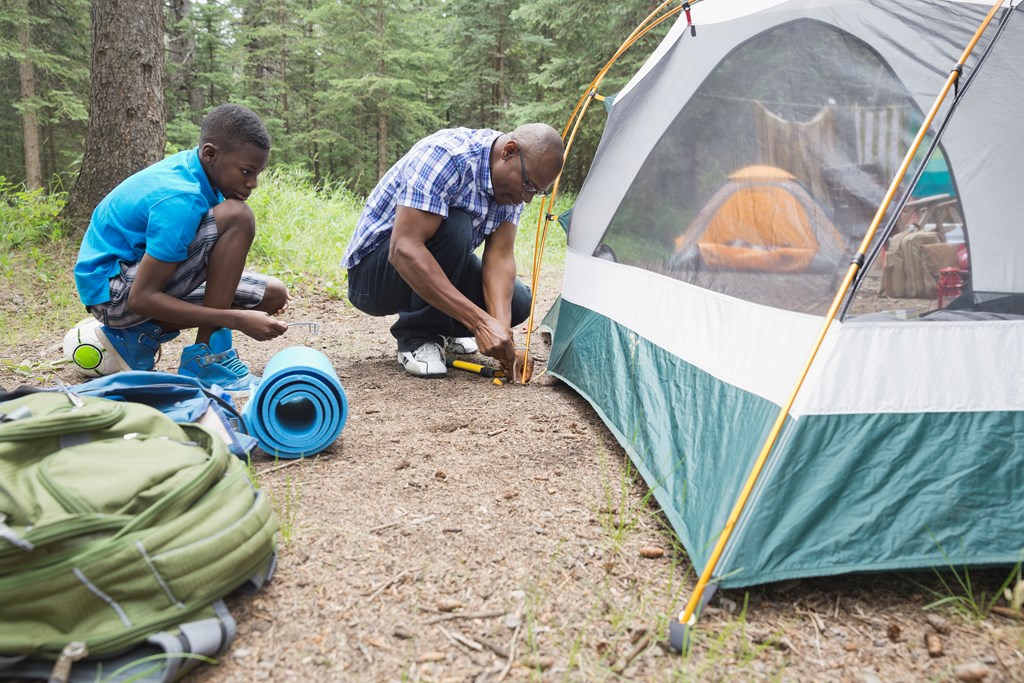
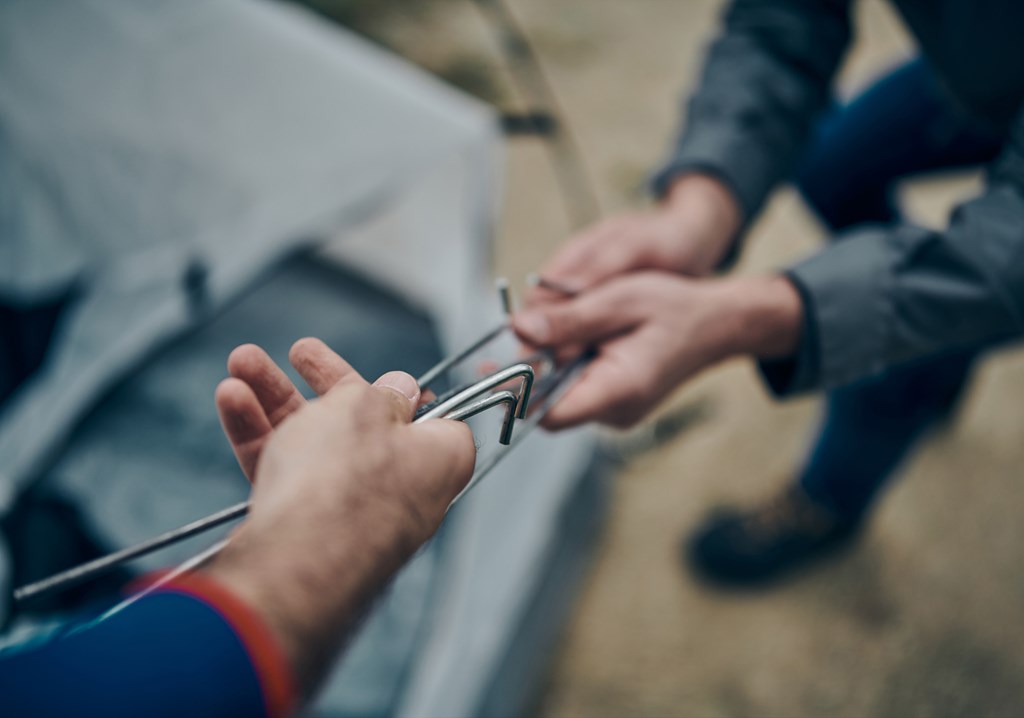
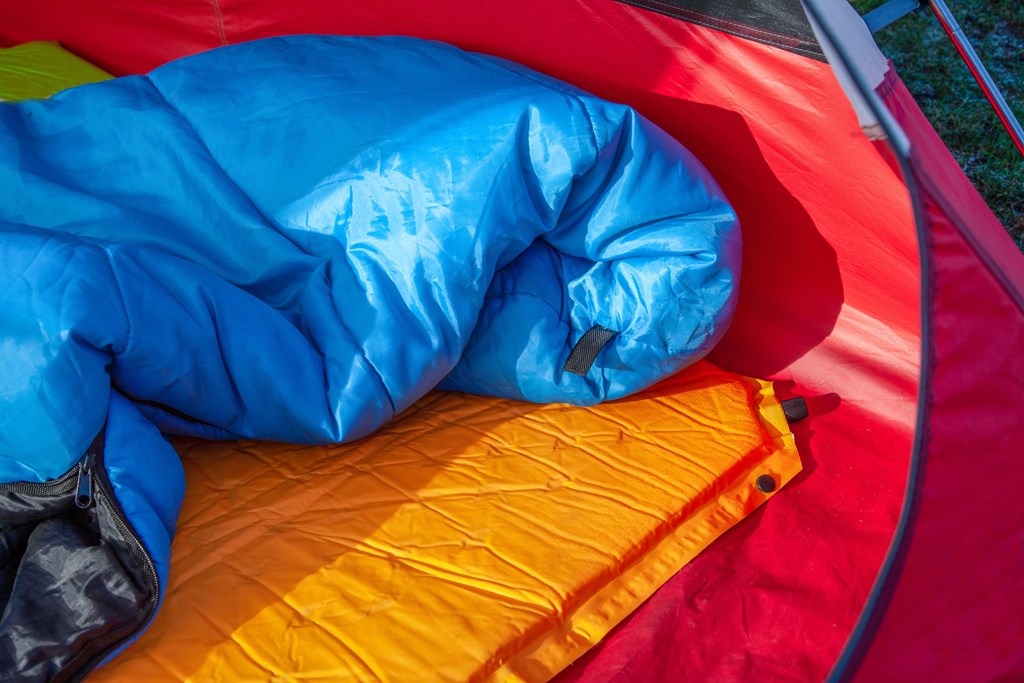

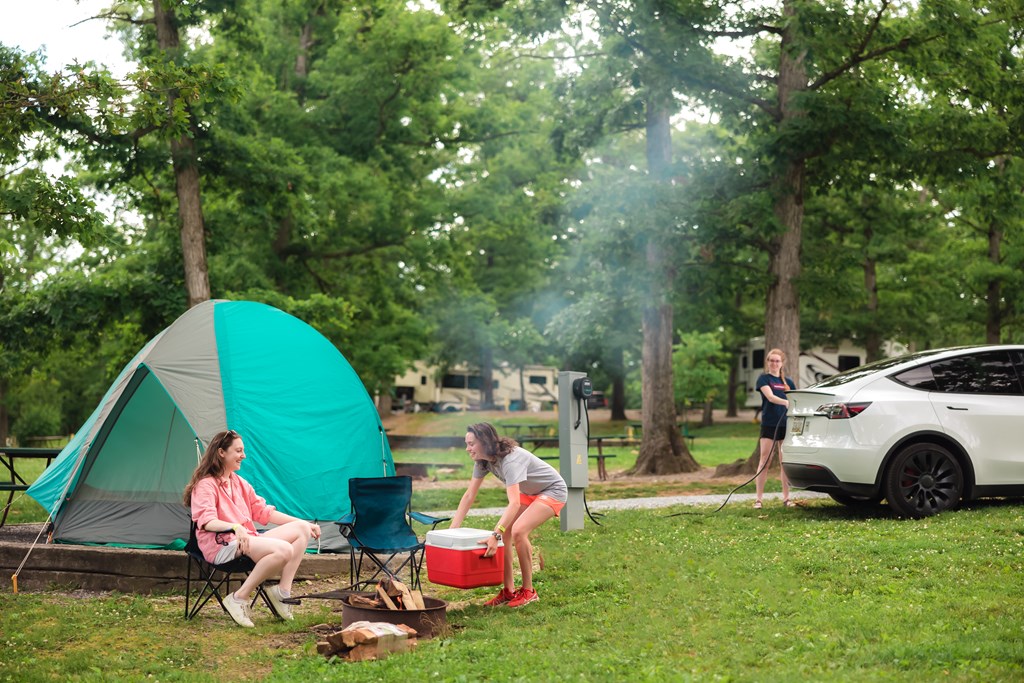














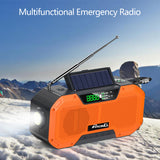



















You must be logged in to post a comment.